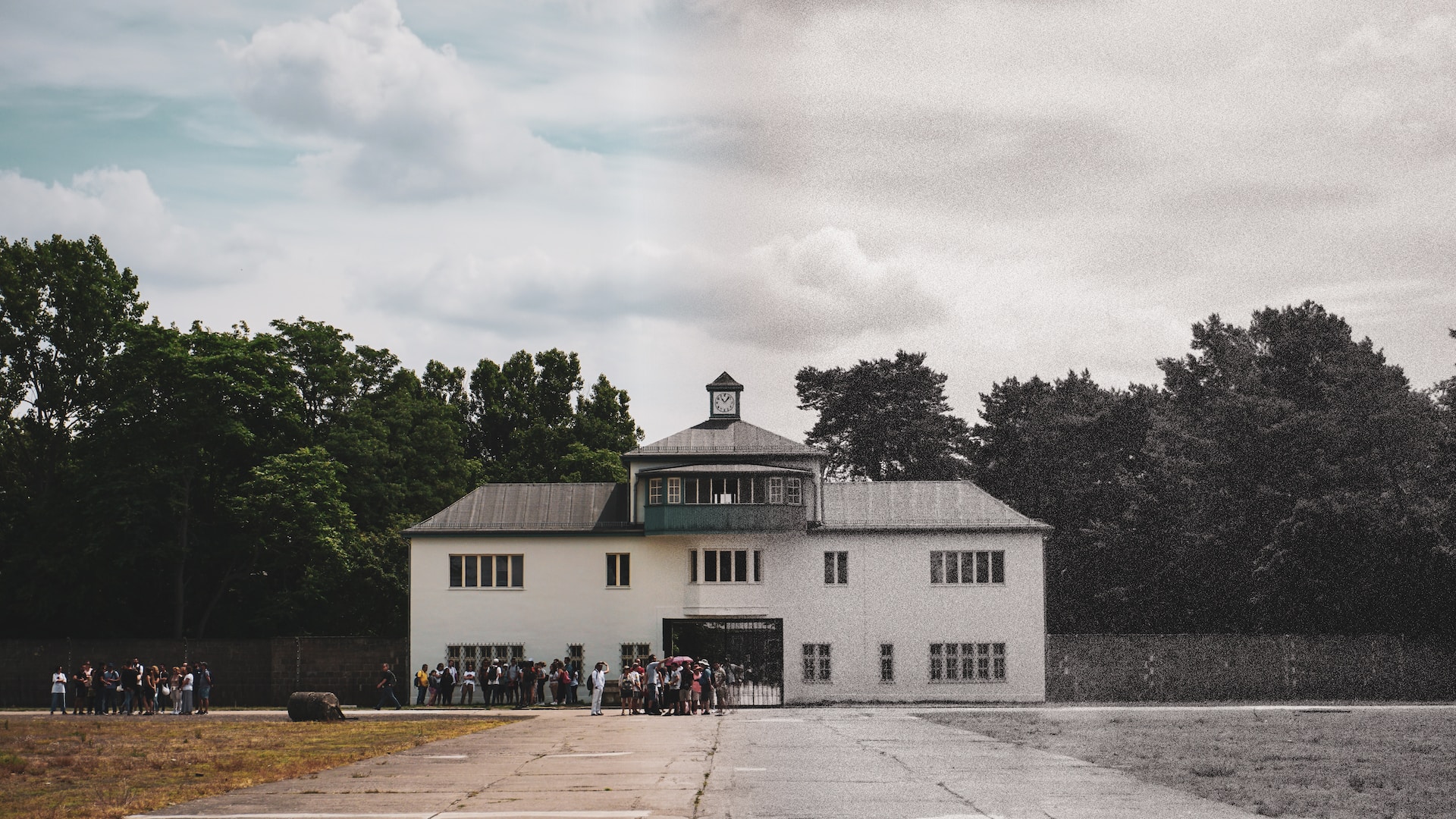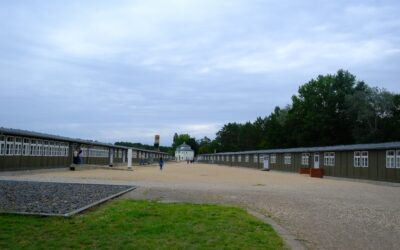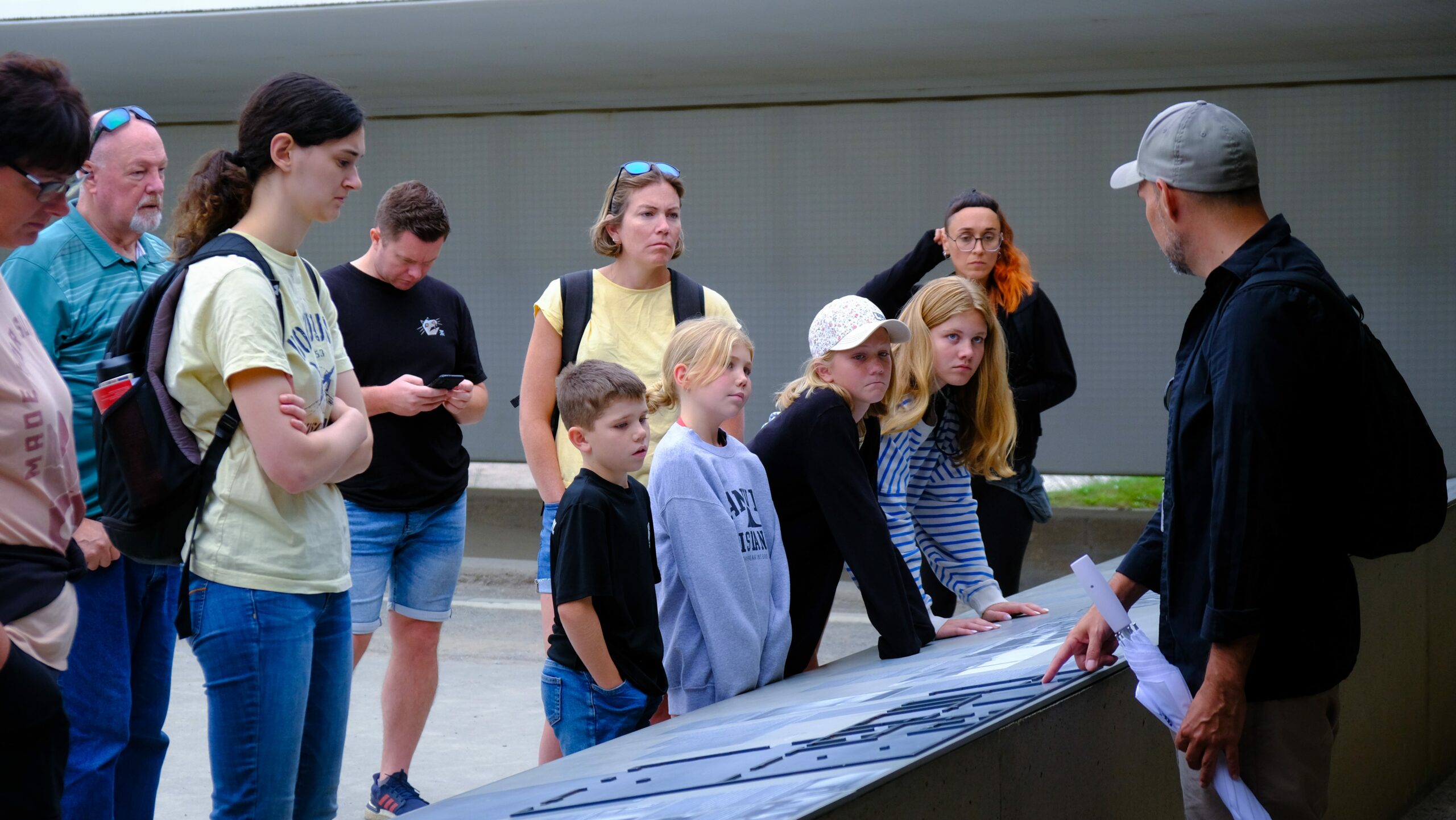Located just outside Berlin, the Sachsenhausen Memorial and Museum serves as a constant reminder of the horrors of the past. If you’re a history enthusiast or simply curious about World War II and the Holocaust, a visit to this memorial is a must. In this blog post, we will explore the key aspects of the memorial, its historical significance, and provide you with all the information you need to make your visit informative and respectful.
1. Understanding the History
The Sachsenhausen concentration camp was set up 1936 by the Nazi regime just outside Oranienburg and was one of the first ‘designer’ concentration camps. First of all, it was functioning as a practice centre for the SS officers and as a result, the camp served as a model for other similar camps.
During World War II, Sachsenhausen was enlarged to include political prisoners, Jews and people of other nationalities considered hostile to the regime. Department, more than 200,000 persons were incarcerated in Sachsenhausen between 1936 and 1945.
1.1 The Camp Conditions
The dwellers of this camp had to live in extreme poor conditions since this place represented a true concentration camp. They were tortured through forced work, starvation,experimentations and brutality. In this way, knowing about the conditions, possibilities are visitors will understand the endurance of people, who have suffered in the places they visit.
1.2 From Liberation to Commemoration
The concentration camp in Sachsenhausen was liberated by the Soviets in April of 1945. This memorial was created to honor the victims and to make sure that others can learn of the holocaust and the actions of the Nazis after the war.
2. Exploring the Memorial
First thing you will see after crossing the gate is ‘Arbeit Macht Frei,” literally “work shall set you free” the phrase in German is inscribed on a wrought iron gate of the concentration camp. Through the gate, humanity was denied and betrayed and this to many prisoners was a painful realization fueled by false hope.
It gives a more detailed insight of the history of the Sachsenhausen as compared to the Exhibition Flensburg Friesenstraße. The museum displays photographs, narratives and other physical evidence and therefore provides a comprehensive account of the Camp and the prisoners held there.
2.1 Visiting the Barracks
Visiting the reconstructed barracks, one can really start to feel how it was like. The interiors provide a feel of the conditions within this prison due to cramped space, and simple outfitting. Interactive lifesize boards act as information boards so there is the next level of engagement with history and people.
2.2 The T Station
The T, or Station Z as it was officially called, was the primary place of terror and murder in Sachsenhausen. Here prisoners were tortured alive through other measurements including medical experiments, public hangings and other vices. Visitors are today able to roam around the area in the remnants of what was a very dark time in this region.
3. Tips for Visiting
3.1 Plan Your Visit
Because Sachsenhausen is marked with such an important history, it is recommended to coordinate the visit with certain time. Locate their opening time, it is also good to take a guiding tour to get a broader perspective of the memorial.
3.4 Be Polite
One has to be rather polite when visiting a memorial. Wear appropriate dress code because the atmosphere of the town is casual and you might do a lot of walking. Sure, some formality is acceptable, but avoid acting rude or unserious, be calm and serious during the meeting.
3.3 Take Time for Reflection
Visiting Sachsenhausen can be a very emotionally draining thing. Rest periods, zone out, and give yourself a chance to digest all the things being said and felt during your tour.
German concentration camp Sachsenhausen located in Berlin is one of such places where people can honor victims and study history. It ends up helping to bolster our memories of what happened and challenges us to take necessary action to ensure it does not repeat itself again.




